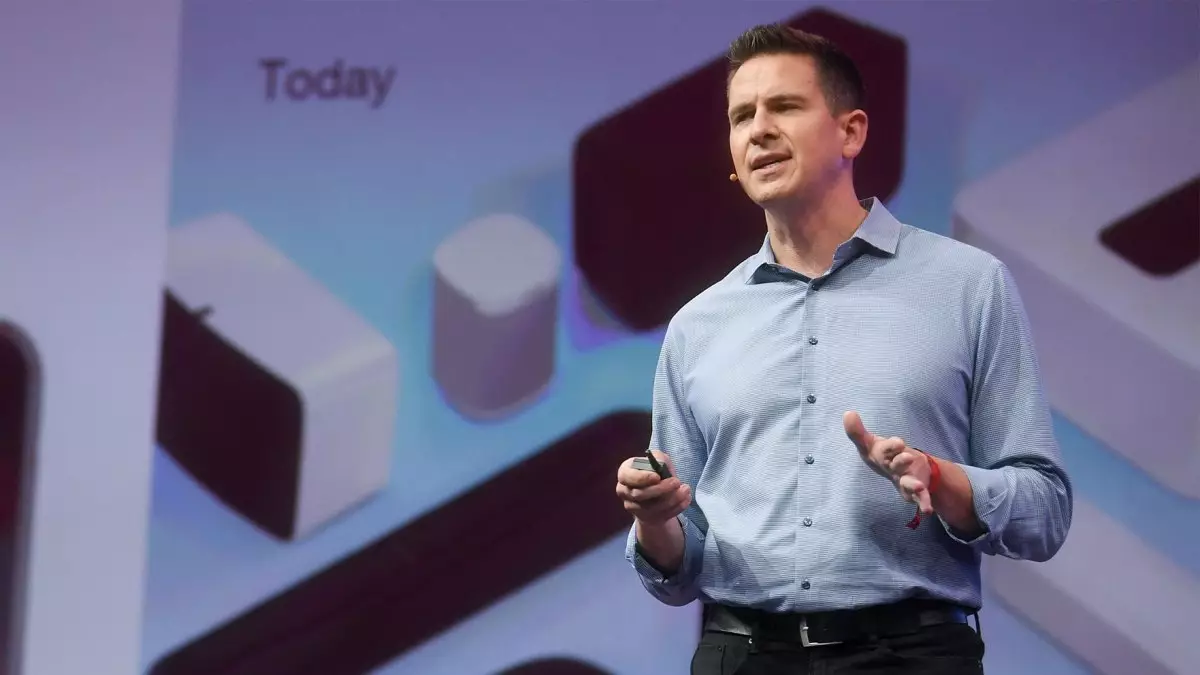In the fiercely competitive world of home audio, Sonos has carved out a niche with its innovative products and strong brand loyalty. However, the company’s recent struggles with the relaunch of its app serve as a cautionary tale for business leaders and students alike. The path Sonos chose—prioritizing new customer acquisition over the satisfaction of its established user base—has proven to be fraught with pitfalls. With a botched app rollout, the firm is now facing significant revenue losses and the fallout from layoffs, ultimately prompting a strategic rethinking to regain both trust and market standing.
In a bid to introduce its Ace headphones, Sonos diverted its attention from its loyal customers to entice new users. This strategy backfired spectacularly when the app failed to deliver an efficient and bug-free experience. With such a major oversight, it’s no surprise that disappointed customers began voicing their grievances, leading to an immediate degradation of brand perception. The fallout was not merely an issue of customer dissatisfaction; it extended to financial repercussions as well, with the company missing significant revenue projections and subsequently laying off over 100 employees, a clear indication of deeper systemic problems.
The launch’s mismanagement reflects a common mistake in corporate strategies—neglecting the foundational loyalty of existing customers for the prospect of new sales. The consequences of this misjudgment are stark and serve as a reminder that businesses should actively maintain and nurture their established client relationships, especially before making sweeping changes to their product lineup.
As October approaches, Sonos has begun to chart a path for recovery with a series of commitments aimed at restoring customer faith and enhancing the overall user experience. These commitments vary from broad, often difficult-to-measure statements like “unwavering focus on customer experience” to more tangible initiatives, such as extending warranties on products and appointing a “quality ombudsperson.” This multifaceted approach reflects the necessity of accountability within the company.
The appointment of an ombudsperson is particularly notable; this role acts as the bridge between employees and management, ensuring that frontline concerns are voiced in strategic discussions. This step towards transparency indicates an acknowledgment of past failures and suggests that Sonos is genuinely interested in creating an open dialogue within its organization. Coupled with the formation of a Customer Advisory Board—designed to facilitate direct user feedback on software and product developments—these initiatives represent a significant shift toward greater inclusion and responsiveness concerning customer needs.
Several specific initiatives outlined by Sonos reflect a commitment to improved software quality. The company has pledged to update mobile software every two to four weeks—an ambitious target that aims not only to rectify current issues but also to engage users on an ongoing basis. Yet, the inherent challenge lies in effectively communicating these improvements to regain users’ trust.
Another bold move is the decision to forgo executive bonuses until app quality and trust have demonstrably improved. This tactical decision aims to align executive interests with those of the broader user base and establishes a clear incentive structure fostering accountability for app functionality. Sonos claims improvement metrics that paint a hopeful picture; they assert that over 80% of stripped features have been restored, with expectations to achieve nearly complete restoration shortly.
CEO Patrick Spence has acknowledged the company’s missteps further highlighting an essential part of his leadership: the willingness to learn from failure. The lessons learned from the app relaunch debacle may set the stage for a brighter future for Sonos, assuming the company follows through with its commitments.
Ultimately, the Sonos experience serves not only as a warning to other companies about the importance of prioritizing customer loyalty but also showcases the potential for recovery through transparency, accountability, and active customer engagement. As Sonos attempts to pivot from a turbulent episode in its history, other organizations can learn the value of maintaining their existing clientele while innovating to attract new customers. It is in navigating these complex dynamics where true business resilience is tested and forged.

